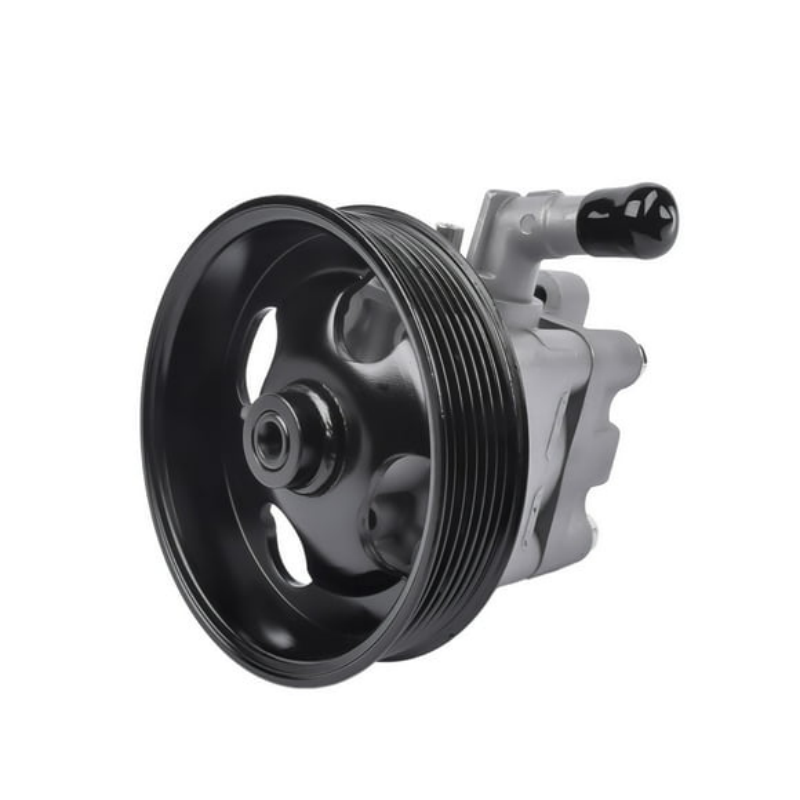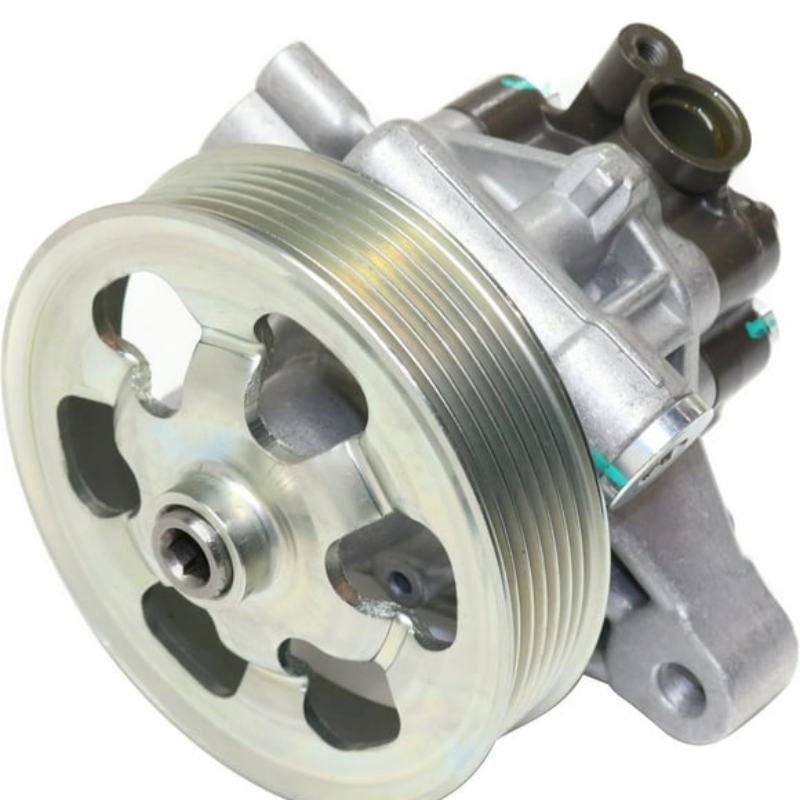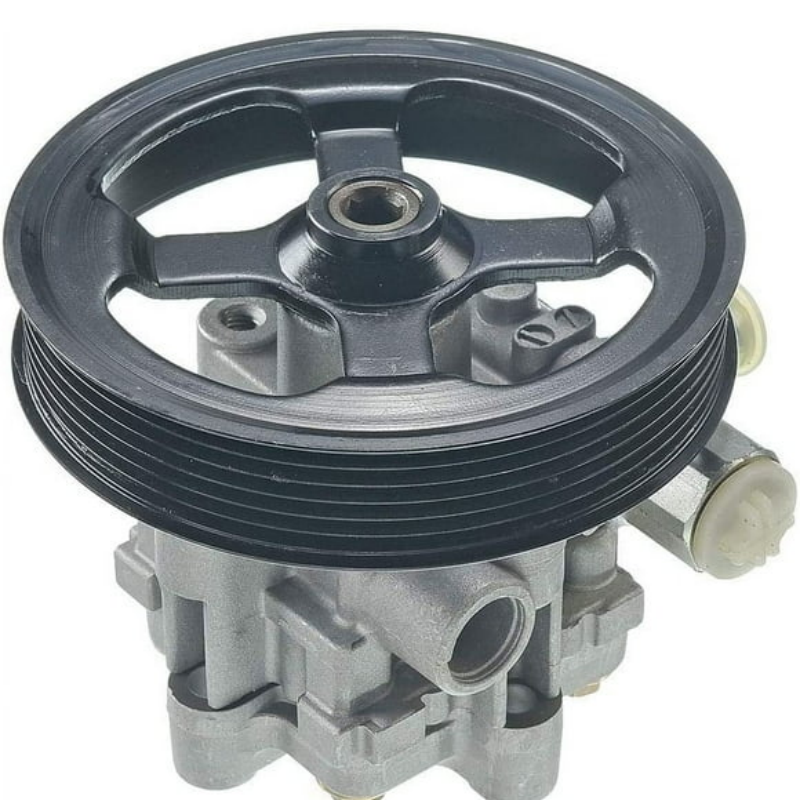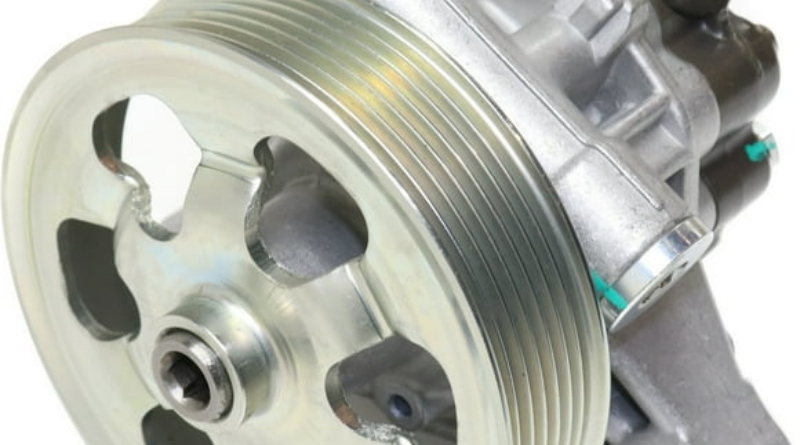Guide to Parallelogram Steering: Mechanisms and Applications
Parallelogram steering is an essential engineering concept that facilitates steering control in vehicles, enhancing stability and responsiveness. Commonly used in various types of automobiles, parallelogram steering employs a system of linkages designed to provide optimal steering alignment while minimizing issues such as toe-in and toe-out. This advanced steering system is vital for achieving precise maneuverability, especially in vehicles that undergo significant turning or directional changes. Understanding how parallelogram steering works, its benefits, and its applications not only highlights its importance in vehicle design but also enhances our appreciation for automotive engineering as a whole. In this comprehensive guide, we will dive deep into the mechanisms of parallelogram steering, explore its advantages, and discuss its applications across different vehicle types.
Understanding the Basics of Parallelogram Steering
Before diving into the complexities of parallelogram steering, it is crucial to grasp the basic concepts and mechanics that underpin this steering system.
What is Parallelogram Steering?
Parallelogram steering is a mechanical system used in automobiles to maintain consistent wheel alignment through a set of precisely engineered linkages. This system effectively translates steering input into motion, ensuring that the wheels turn accurately while keeping them perpendicular to the road. The geometry of steering is designed to minimize changes in wheel attitude during turns, allowing for a smooth steering experience.
Components of Parallelogram Steering
The parallelogram steering system consists of several key components that work in harmony to ensure functionality:
- Pitman Arm: Connected to the steering gear, the pitman arm transfers the motion from the steering wheel to the steering linkage.
- Idler Arm: Serving as a support mechanism, the idler arm stabilizes the steering linkage and ensures even movement.
- Drag Link: This component connects the pitman arm to the steering knuckles, allowing for the transmission of force necessary to pivot the wheels.
- Steering Knuckles: Attached to the wheel assembly, steering knuckles pivot based on the drag link movement, adjusting the wheels’ angle for turns.
Each of these components plays a vital role in maintaining the proper alignment and functionality of the steering system.
How Parallelogram Steering Works
Understanding how parallelogram steering operates requires a look into the specific mechanics and geometry involved.
Linkage Geometry
The parallelogram setup involves four key bars: the pitman arm, the idler arm, the drag link, and the tie rods. They create a parallelogram shape that ensures that the movement of one wheel is mirrored by the opposing wheel. This mirroring maintains the alignment, allowing both wheels to turn at the same angle, which is essential for vehicles with independent suspensions.
Steering Mechanism
When a driver rotates the steering wheel, this rotational motion causes the pitman arm to move. As the pitman arm moves, it pulls the drag link, which then pushes or pulls on the steering knuckles connected to the wheels. This action allows for coordinated wheel movement, leading to precise steering control.

Angles and Alignment
The design of the steering system minimizes changes in tire angles during steering, which enhances stability. Maintaining correct tire alignment is crucial—misalignment can lead to uneven tire wear and compromised handling.
Advantages of Parallelogram Steering
Parallelogram steering offers several benefits compared to other steering systems, making it a popular choice in automotive engineering.
Enhanced Steering Precision
One of the primary advantages of steering is its ability to facilitate precise steering control. The stable geometry ensures that the wheels respond predictably to steering input, which is crucial for safe vehicle handling, particularly at high speeds or during sharp turns.
Improved Toe Alignment
Parallelogram steering systems inherently maintain better toe alignment compared to other systems. This feature helps prevent premature tire wear, extending the life of tires and enhancing overall vehicle performance.
Simplified Maintenance
With visibly accessible components, steering systems tend to be easier to service and maintain. Regular checks can help identify wear and tear, allowing for timely repairs that keep the steering system functioning optimally.
Adaptability for Various Vehicles
This steering system is versatile, making it suitable for a wide range of vehicles, including trucks, SUVs, and performance cars. Its adaptability ensures that manufacturers can incorporate it into various designs for different driving experiences.
Applications of Parallelogram Steering
The use of parallelogram steering stretches across multiple applications in the automotive world, influencing how vehicles perform across various terrains and conditions.
SUVs and Off-Road Vehicles
Parallelogram steering is particularly beneficial in SUVs and off-road vehicles. These vehicles often face rugged terrains where precise steering is essential to navigate obstacles without losing control. The stability offered by the parallelogram system enhances the driving experience in challenging conditions.
Commercial and Heavy-Duty Trucks
Heavy-duty trucks utilize steering for precise handling, especially when transporting heavy loads. The enhanced steering precision helps drivers maintain control while maneuvering in tight spaces, such as loading docks or construction sites.
Sports Cars and Performance Vehicles
For sports cars designed for high-performance driving, steering systems can offer responsive handling. The precise control afforded by this system allows for acute navigation during high-speed cornering, giving drivers a superior driving experience.
Buses and Public Transportation
Parallelogram steering finds use in buses due to its ability to manage the substantial vehicle weight and maintain stability during turns. This capability enhances the safety and comfort of passengers during transportation.
Maintenance Considerations for Parallelogram Steering Systems
Maintaining a robust parallelogram steering system is vital for ensuring longevity and reliable performance. Here are key considerations for proper maintenance:
Regular Inspections
Conduct regular inspections of all components in the steering system. Check for any signs of wear, loose connections, or damage. Early detection of issues can prevent more extensive repairs down the line.
Lubrication
Ensure that all moving parts, such as the pitman and idler arms, are lubricated according to manufacturer recommendations. Proper lubrication reduces friction and wear on key parts, enhancing overall steering performance.
Alignment Checks
Periodically assess wheel alignment. Misalignment can adversely affect handling and tire wear. If you notice any issues, consult an automotive technician to realign your wheels properly.
Tire Maintenance
As parallelogram steering systems focus on maintaining toe alignment, be diligent with tire care. Regularly check tire pressures and inspect for uneven wear, which could indicate issues with the steering linkage.
Fluid Levels
For vehicles utilizing hydraulic assist in their steering systems, ensure that hydraulic fluid levels remain adequate. Low fluid levels can lead to insufficient steering response and potential system failure.
Innovations in Parallelogram Steering Technology
As technology advances, the development of new methodologies and innovations in parallelogram steering continues to unfold. Here are some promising trends and improvements:
Integration with Smart Technology
Integrating smart technology into parallelogram steering systems can improve responsiveness and provide data on vehicle performance. Features such as active steering feedback can enhance driver control and adaptability.
Use of Lightweight Materials
The introduction of lightweight materials contributes to better fuel efficiency and improved performance. Lighter components in the steering system can reduce unnecessary weight while enhancing structure and longevity.
Advanced Suspension Systems
Combining steering with advanced suspension systems can significantly enhance ride quality. Active suspension technologies, in synergy with steering, can provide drivers with an exceptional experience across various terrains.
Enhanced Safety Features
The evolution of steering technology emphasizes safety as a priority. Integration with advanced driver-assist systems can provide enhancements that promote road awareness and support better handling during challenging conditions.

Conclusion
Parallelogram steering is a pivotal component in automotive engineering, providing critical benefits that enhance vehicle stability, maneuverability, and overall performance. Understanding what parallelogram steering entails, its components, applications, and maintenance considerations allows both enthusiasts and everyday drivers to appreciate its importance in today’s vehicles.
By maintaining your vehicle’s steering system and following the latest innovations in technology, you can ensure a safe, enjoyable driving experience. From SUVs and trucks to performance cars and public transport, parallelogram steering continues to play a crucial role in how we navigate the world. As automotive technology evolves, the relevance of parallelogram steering will likely persist, ensuring that we remain connected with this essential aspect of vehicle performance in the future.
